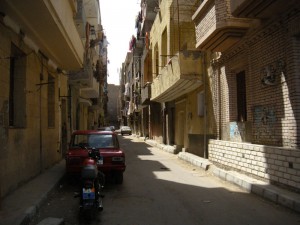Con la fotografía creo mis propias obras de arte
|
EL PASO – No teniendo experiencia alguna dentro del ámbito de la fotografía, mi interés sobre el curso que el profesor David Smith-Soto daba en la Universidad de Texas en El Paso era como el de otro curso cualquiera. Conforme pasó el tiempo, me fui dando cuenta de que cada imagen tiene su propia historia y contiene decenas de aspectos detrás de ella. Smith-Soto no tardó más de tres semanas en hacerme cambiar la perspectiva que tenía acerca del curso. Primero decidí comprar una cámara que fuera más apta para el curso, y así es como decidí comprar mi Nikon d5000. Una cámara que tiene un sin fin de funciones específicas que acapararon mi atención.




